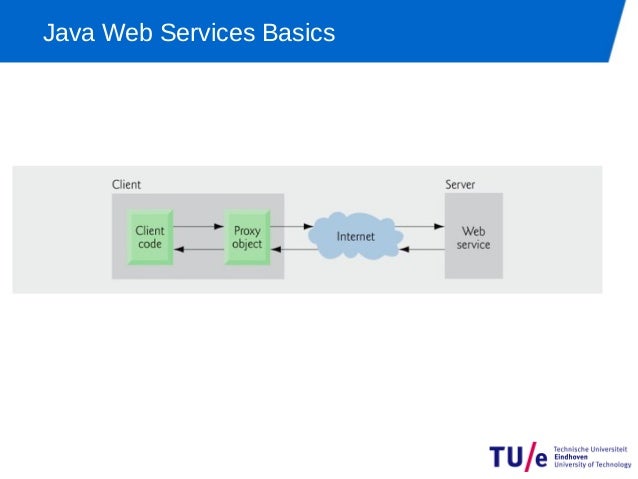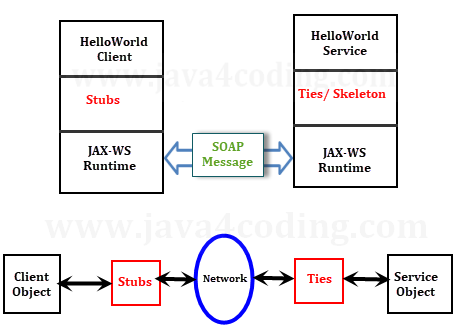In this tutorials , it provides many step by step examples and explanations on both JAX-WS 2. JAX-WS allows developers to write message-oriented as well as Remote Procedure Call-oriented (RPC-oriented) web services. In JAX-WS , a web service operation invocation is represented by an XML-based protocol, such as SOAP. The SOAP specification defines the envelope structure, encoding rules, and conventions for representing web service invocations and responses. These calls and responses are transmitted as SOAP messages (XML files) over HTTP. This JAX-WS tutorial is designed for beginners and professionals.

There are two ways to develop JAX-WS example. What is Jax web service? How to create web service in Java? With its support for annotations, JAX-WS simplifies web service development and reduces the size of runtime JAR files.
This document demonstrates the basics of using the IDE to develop a JAX-WS web service. Server side component provides the endpoint URL where service is located and client application can invoke different methods. Web Services work on client-server model where they communicate over the network.

This tool helps to test the JAX WS Web services. If we know the wsdl file and endpoint url. The steps to test webservices using Soap UI tool: Ensure the web service is deployed and running on the server. Figure 16–Communication between a JAX-WS Web Service and a Client.
The starting point for developing a JAX-WS web service is a Java class annotated with the javax. WebService annotation. This tutorial walks you through how to do all of this and more by developing a sample order-processing application that exposes its functionality as web services. JAX - WS allows developers to write message-oriented as well as Remote Procedure Call-oriented (RPC-oriented) web services.
In JAX - WS , a web service operation invocation is represented by an XML-based protocol, such as SOAP. Also implementation of JAX - WS web services is explained with suitable example. It provides support for SOAP (Simple Object Access protocol) based web services.
Web service Tutorial Content: Introduction to web services Web services interview questions SOAP web service introduction RESTful web service introduction Difference between SOAP and REST web services SOAP web service example in java using eclipse JAX-WS web service eclipse tutorial JAX-WS. Learning Programming 37views. Dennis Kriechel 37views.

In previous article – JAX-WS : SOAP handler in server side, you created a web service and attach a handler to retrieve the client MAC address in header block, for every incoming SOAP message. Before you begin, you will need the JAX-WS tools available from Sun. If you do not have this package installed on your system, you must download the JAX-WS tools and install them. This tutorial outlines the process of developing a JAX-WS web service and deploying it to the Tomcat server.
The web service used in this tutorial is a very simple calculator service that provides ad subtract, multiply and divide operations to the caller. A web service client that is a Java client accesses the web service by means of the JAX-WS or JAX-RPC client APIs. JAX-WS is a standard API used for creating java based web services particularly SOAP web services. In this step by step Java SOAP Web Service Tutorial , we will develop a SOAP Web Service using JAX-WS Top Down approach.
JAX-WS API is available as part of your JDK installation. An overview to JAX-WS JAX-WS is the Java API for XML Web services. This one is the first version of JAX WS and introduced in J2EE 5. Web services support interoperability between different platforms using XML based standards like WSDL, SOAP and UDDI.
Add servlet listener to web. Now that we create the service interface and implement the business details of the service. The next step is to define the JAX-WS servlet listener under web. Prerequisites You should have a beginner to intermediate level knowledge on EJB 3.
No comments:
Post a Comment
Note: Only a member of this blog may post a comment.